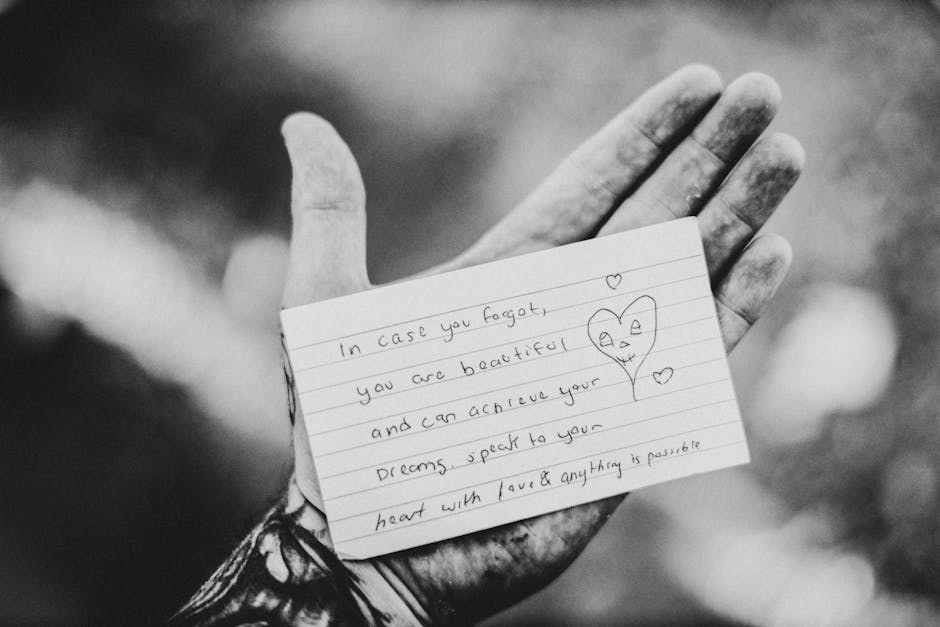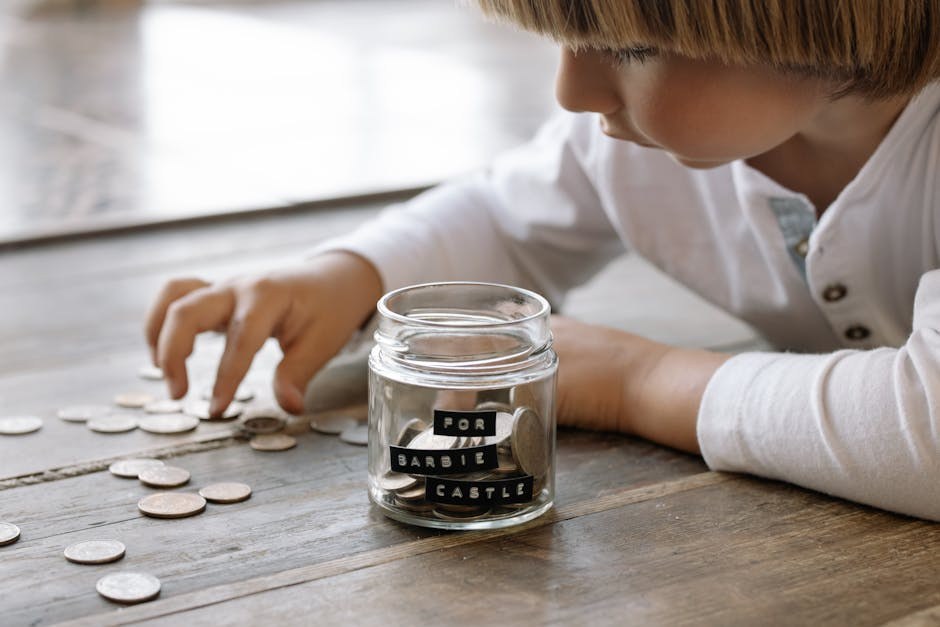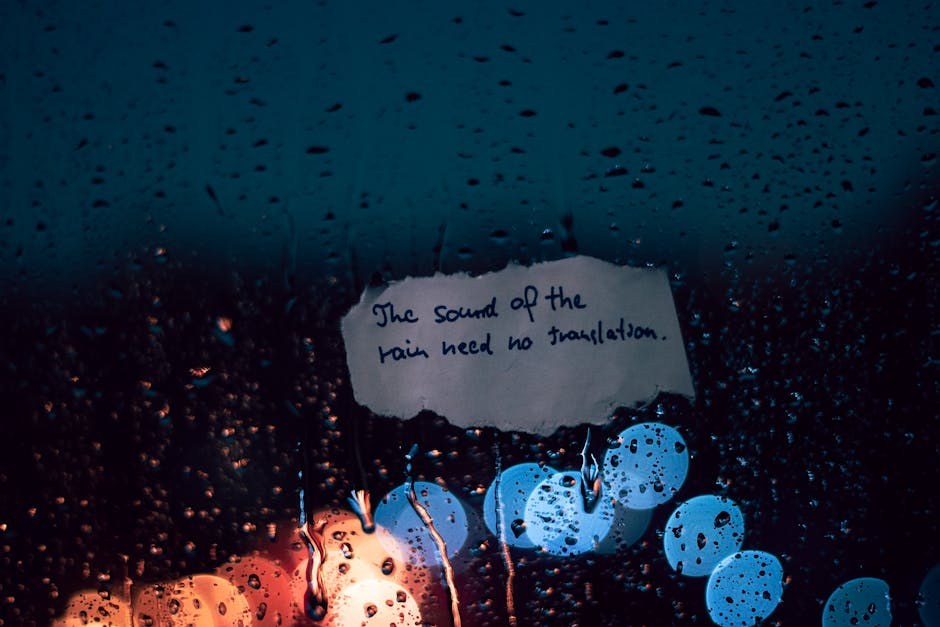When the road gets bumpy, it’s natural to wonder whether your relationship should keep moving forward or take the nearest exit. Doubt shows up during hard seasons – unmet expectations, old resentments, or simply the grind of everyday life – and it can make even a good partnership feel uncertain. Yet not every rough patch means the end. By looking closely at what you and your partner have actually built together, how you treat one another, and how you both feel when the noise quiets down, you can decide whether the relationship is worth the continued effort. The purpose here isn’t to gloss over real problems; it’s to help you see the fuller picture so you can choose, thoughtfully, to keep the relationship or to let it go with clarity.
Why staying can make sense when the foundation is sound
Every relationship has its own rhythm, history, and private language. No two couples share precisely the same context. Even so, there are reliable markers that suggest staying might be wise. Think of these as guideposts – not rigid rules – that help you assess whether the relationship still holds meaningful promise. As you read, notice where your experience lines up. You’re not searching for perfection; you’re looking for a pattern that points toward a resilient relationship that can weather storms and grow stronger after them.
-
Deep investments deserve deliberate reflection
Time, energy, and shared sacrifices don’t automatically mean you must stay – but they do mean the relationship merits careful evaluation before you walk away. If you and your partner have pushed through distance, conflicting schedules, or difficult seasons and found ways back to one another, that endurance signals possibility. Consider the nights you rearranged priorities, the compromises you made around career shifts, or the patience you practiced while learning each other’s communication style. Those investments didn’t happen by accident. They indicate that the relationship has already proven its capacity for effort and adaptation – qualities you’ll need for the long haul.

Financial and practical investments count, too. Maybe you’ve built a home, launched a small business, or painstakingly saved for a shared dream. The point isn’t to stay because of sunk costs; it’s to acknowledge that the life you’re building together has weight. Pausing to honor that weight – and to ask whether the relationship still matches the heart behind those investments – keeps you from making a rash decision based solely on a bad week.
-
Shared years create a living archive
Longevity doesn’t guarantee a healthy relationship, but it creates a rich archive of evidence. Over time, you’ve seen each other at your most unguarded: first thing in the morning, under stress, in joy, and in low spirits. Ask yourself what the long view reveals. Do the better seasons outweigh the hard ones? Have you both grown – not always in straight lines, but in ways that matter? When you recall anniversaries, inside jokes, and ordinary rituals, do you feel warmth rise to meet the memories? If the answer is mostly yes, those years offer more than nostalgia; they point to a relationship that keeps renewing itself, even when it stumbles.
Also consider how conflict evolved across the timeline. Early disagreements may have been noisy or clumsy. With time, have you learned to disagree without contempt, to pause before reacting, and to return to repair? A relationship that shows progress in repair – the ability to come back together after friction – is a relationship that can hold complexity without breaking.

-
Real commitments call for steadier hands
When you share significant responsibilities, the question of staying becomes bigger than personal preference. Children, pets, elder care, co-owned property, and intertwined finances all add layers that deserve calm consideration. The presence of these commitments doesn’t mean you must remain in an unhealthy relationship, but it does mean the decision should be measured. Ask: How do we show up as a team for the people and projects that rely on us? Do we coordinate logistics, plan for the future, and make room for each other’s needs even when it’s inconvenient? If the collaborative muscle is strong, that’s a sign this relationship has a sturdy backbone.
Look for everyday proof: the drop-offs and pick-ups that run on trust, the bills handled transparently, the calendar that reflects both partners’ priorities. These are the unglamorous fibers that hold a relationship together. If you find a reliable pattern of partnership around commitments, you’re seeing a form of loyalty in action.
-
Your reasons reach beyond loneliness
Being with someone solely to avoid an empty apartment or quiet weekends is a fragile arrangement. A stronger relationship rests on reasons with depth: mutual admiration, intellectual chemistry, emotional safety, and a sense of shared direction. Make a candid list of why you choose this person – not just why they choose you. Do you appreciate their humor, their grit, the way they listen when you’re sorting out a problem? Do you enjoy who you become in their presence – more playful, more grounded, more fully yourself? If your reasons extend beyond avoiding solitude, the relationship likely contains real substance worth protecting.

Write these reasons down and read them back to yourself. Seeing them in black and white – the small kindnesses, the meaningful gestures, the celebrations and the difficult conversations – clarifies whether the relationship feeds you on days when charm is scarce and chores are many.
-
Uplift outweighs drag
Every relationship has friction, but the overall climate matters. Scan recent months: Do you encourage each other’s goals, applaud each other’s wins, and stand steady when the other is wobbling? Support doesn’t cancel conflict; it frames it. If feedback arrives with care, if apologies land without defensiveness, if you can both say “I was wrong” and then do better – these are signs that uplift beats drag. You want to feel that the relationship helps you carry life’s weight rather than adding unnecessary baggage to your load.
Notice how you talk about each other when you’re apart. Do your words reflect respect? Do you share credit and protect each other’s dignity? That quiet advocacy is a strong indicator that the relationship builds rather than erodes the best parts of you.
-
You can be yourself without shrinking
Many people perform a role in public – the competent colleague, the endlessly upbeat friend, the person who has it all together. A sustaining relationship is where the performance can drop. If you can tell the truth about your fears and hopes, wear your worn-out sweatshirt on a Friday night, and reveal the tender parts without bracing for judgment, you’ve found rare ground. The ability to be fully yourself – messy, brilliant, contradictory – is a profound green light. It says the relationship isn’t built on a mask; it’s built on who you are when you aren’t trying to impress anyone.
Ask whether your partner’s presence expands or constricts your life. Expansion looks like permission to pursue interests, friendships, and rest; constriction looks like monitoring, criticism, or walking on eggshells. If expansion is the pattern, the relationship is giving you room to grow.
-
Laughter still finds you
Humor is glue. If you still find yourselves laughing at the same ridiculous mishaps – the burnt toast, the shared meme, the dog’s dramatic sigh – you’re witnessing connection in motion. Laughter doesn’t require everything to be easy; it creates air in the room when things feel heavy. A relationship that can be playful after a hard day has resilience baked in. It reminds you that you’re not just co-managers of a life – you’re companions who enjoy the world together.
Track how joy shows up. Do you invent small rituals like a Sunday walk, a midweek dance in the kitchen, or a habit of pointing out sunsets? These are not trivial. They are everyday acts of choosing each other again, and they signal that delight still lives here.
-
Imagining life without them clarifies what matters
When doubt creeps in, a thought experiment can be revealing: picture your routines, holidays, and future plans without your partner. Notice what fades and what brightens. If the imagined silence feels like relief, pay attention. But if the absence makes color drain from your mental picture – if traditions feel thin and victories feel quieter – that grief is telling you something. It says the relationship, for all its flaws, adds meaning you can’t easily replace.
This isn’t about fear of change. It’s about recognizing the specific ways this person enriches your days: the steadying presence in chaos, the shared ambition that pulls you forward, the gentle nudge when you’d otherwise stall. If those qualities are woven through your life, they’re not incidental; they’re core threads of the relationship.
-
Honesty and trust form the operating system
Without honesty and trust, a relationship struggles to function. With them, even thorny problems become workable. Ask blunt questions: Can we tell each other the truth – not the polished version, but the real one – and stay curious rather than defensive? Do we keep promises, respect boundaries, and make amends when we slip? Trust isn’t a feeling that arrives fully formed; it’s the cumulative result of transparent actions repeated over time.
If both partners value truth-telling and repair, the relationship has a dependable engine. Mistakes still happen – a forgotten commitment, a misunderstood tone – but they aren’t fatal because the two of you know how to diagnose issues and fix them. That shared ethic turns conflict into a workshop instead of a battlefield.
-
Chemistry hasn’t vanished – it has matured
Passion often changes flavor as years pass. The early spark may give way to slower-burning warmth, but it doesn’t have to disappear. Pay attention to how your bodies greet each other – the hug that lingers, the hand that reaches across the couch, the kiss that still says come closer. A living physical connection suggests there’s vitality you can build on. It doesn’t need to be cinematic; it needs to be sincere.
Chemistry also shows up in attunement – the sense that your nervous systems can settle in each other’s company. When a rough day ends and your shoulders drop because they’re near, that’s chemistry, too. If this kind of resonance remains, the relationship retains a spark that can be re-tended with attention, play, and affection.
Putting the pieces together with clarity
These signs are not a scorecard where a certain tally automatically decides the fate of your relationship. They’re lenses. Look through each one and watch how the picture changes. For example, deep investments may say “pause and think,” while the ability to be yourself says “this is safe ground.” Laughter and chemistry add color. Trust and honesty form the frame. When multiple lenses line up, the image sharpens – and the next right step often becomes obvious.
How to use these markers in real life
Set aside a quiet hour to write. Name what’s working, what hurts, and what you want next. Share your pages with your partner and invite theirs. Keep your language grounded in your own experience – “I feel” and “I need” rather than “You always” or “You never.” This simple practice shifts the conversation from accusation to collaboration. If the two of you can talk about the relationship without spiraling into blame, you already possess a key ingredient for staying.
Then, select one sign from above where you’re already strong and one where you’re shaky. Build a small experiment around each. If “uplift outweighs drag” is strong, double down: practice naming three appreciations a day. If “honesty and trust” feels wobbly, pick a specific behavior to change – replying to messages when you say you will, or being transparent about plans. Small, consistent actions compound; they show whether the relationship can course-correct when asked to.
Common traps that distort your view
-
All-or-nothing thinking. A single fight doesn’t define a relationship – and a single lovely weekend doesn’t erase chronic problems. Resist snapshots. Look for trends over weeks and months.
-
Comparison pressure. Scrolling through highlight reels can make your relationship seem inadequate. Remember that private realities rarely match public displays. Measure by your values, not by someone else’s aesthetics.
-
Sunk-cost panic. Staying solely because you’ve spent years together is different from staying because those years show growth and care. Let history inform you – not trap you.
When staying aligns with your values
In the end, you’re choosing whether to continue investing in a relationship that shows signs of health: shared commitments handled with care, reasons deeper than loneliness, uplift that outweighs drag, the freedom to be yourself, laughter that still visits, a life that feels duller without them, honesty that runs beneath disagreements, and chemistry that hasn’t evaporated. If these notes ring true more often than not, the relationship likely deserves another chance – not by default, but because it has living qualities worth nurturing.
Practical ways to strengthen what you’re keeping
-
Revisit your shared map
Couples who last treat goals as living documents. Revisit dreams about home, work, travel, learning, and community. Update what no longer fits; recommit where excitement still hums. When a relationship orients around chosen coordinates, the day-to-day headaches feel less arbitrary – they’re part of getting somewhere together.
-
Protect the rituals that protect you
Regular check-ins, unhurried meals, walks without phones, bedtime debriefs – these simple practices act like scaffolding. When life gets noisy, rituals bring you back to the center. Guard them fiercely. They’re not extra; they’re maintenance for the relationship you’ve chosen to keep.
-
Repair early, repair often
Misunderstandings multiply when left alone. Don’t wait for resentment to calcify. If voices rise, take a beat, then return with “Here’s what I heard, here’s what I meant, here’s what I can do differently.” The willingness to repair quickly is a signature trait of a durable relationship.
A closing note for hard days
There will be evenings when fatigue speaks louder than affection and mornings when chores eclipse tenderness. That doesn’t mean the relationship is broken – it means you’re human. On those days, look back at your evidence. Remember the archive of shared years, the responsibilities you’re carrying together, the moments of laughter that crack the tension, the trust you’ve earned, and the chemistry that still wakes up when you reach for each other. If that evidence is real in your life, then staying isn’t denial – it’s a courageous decision to keep building something you’ve already proven you can build.
And if you decide to keep going, do it with intention. Choose the practices that keep your connection alive, choose honesty when it’s inconvenient, choose repair over pride, and choose to notice what’s good. A relationship worth keeping isn’t flawless – it’s tended. Give it that care, and it will give you a place to belong.